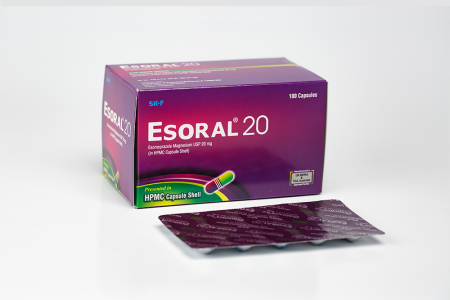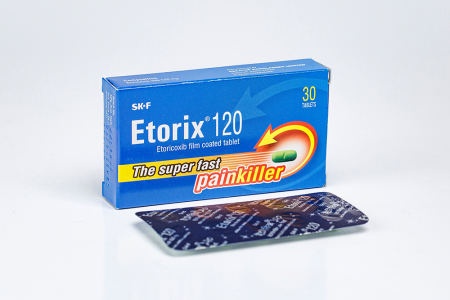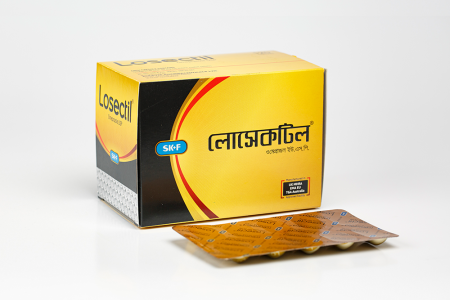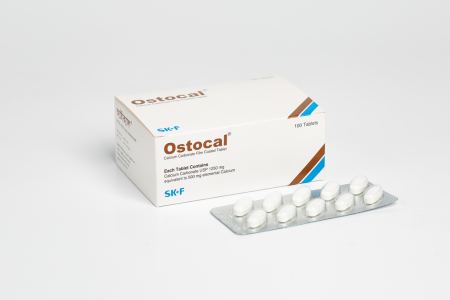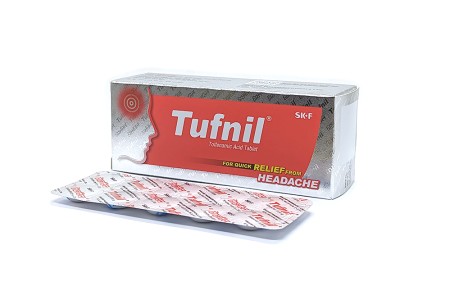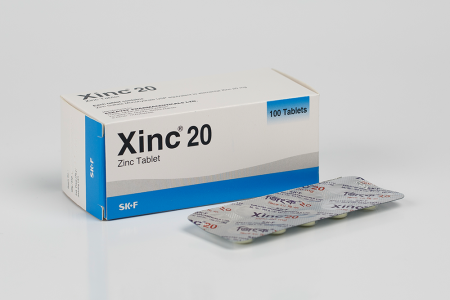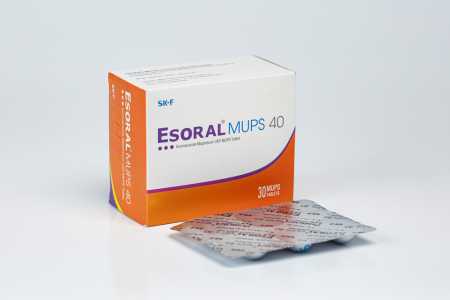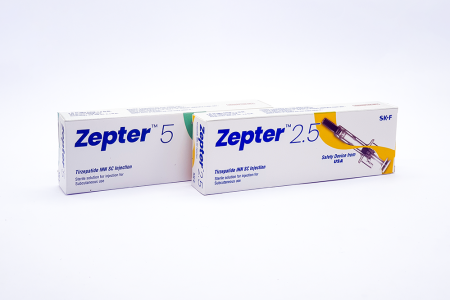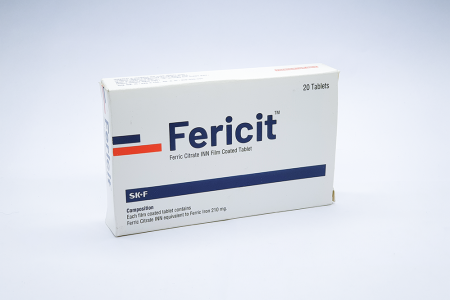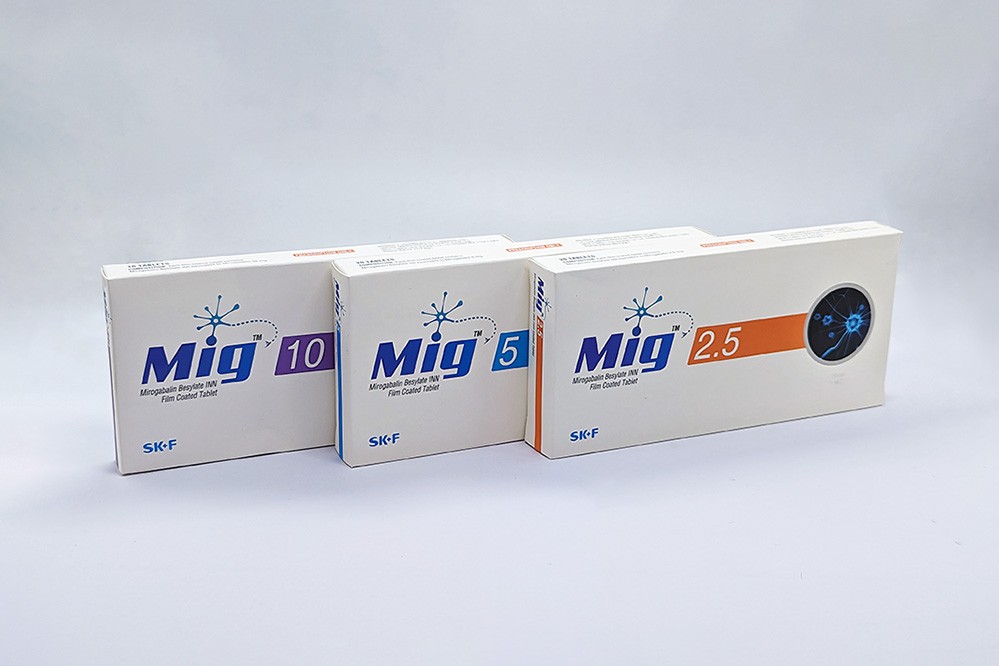
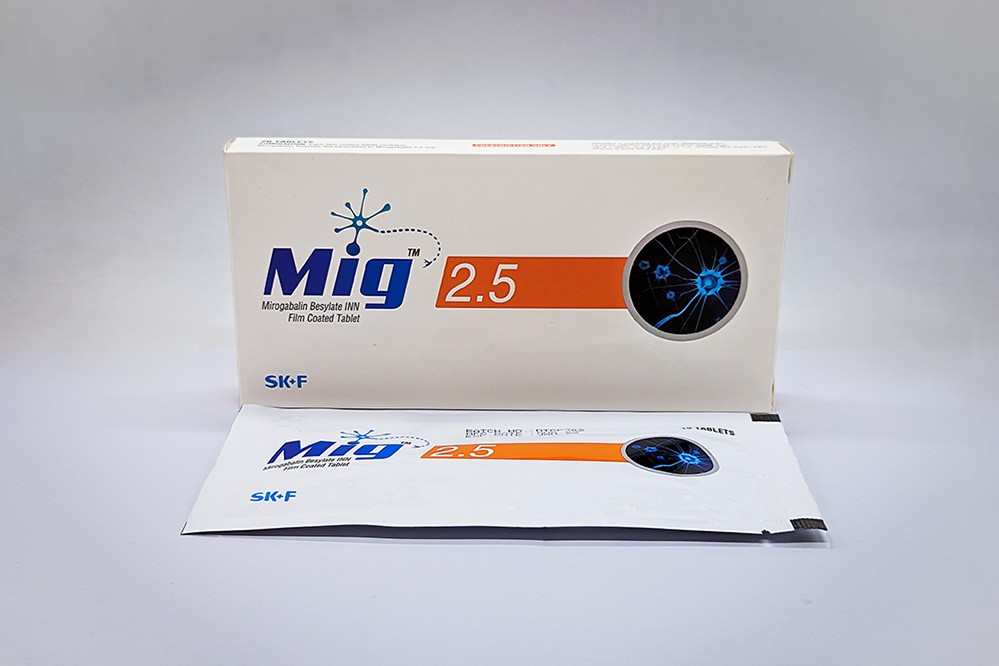
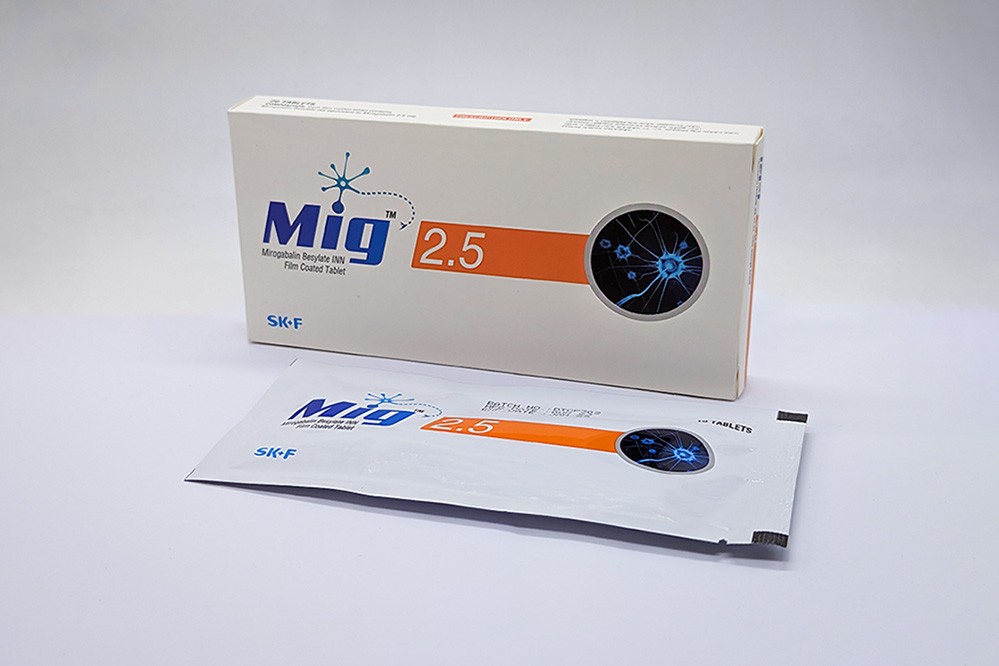
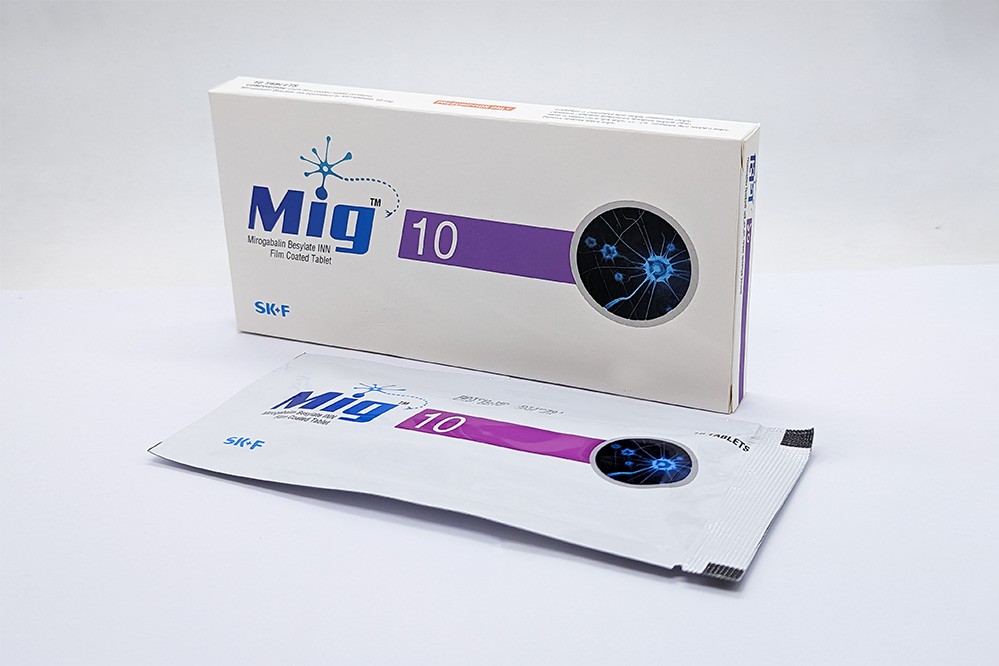
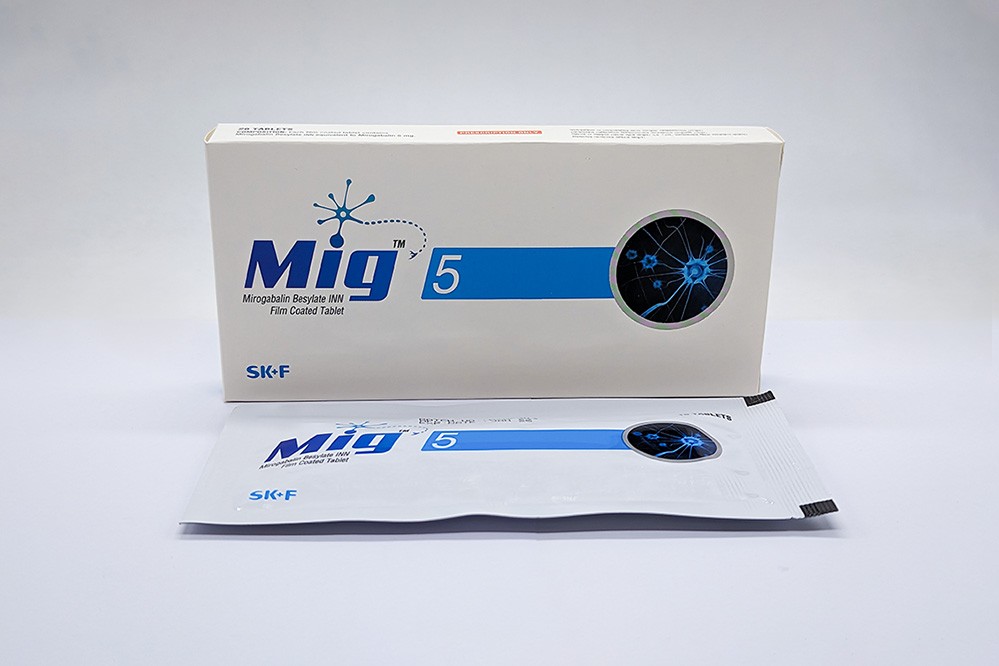
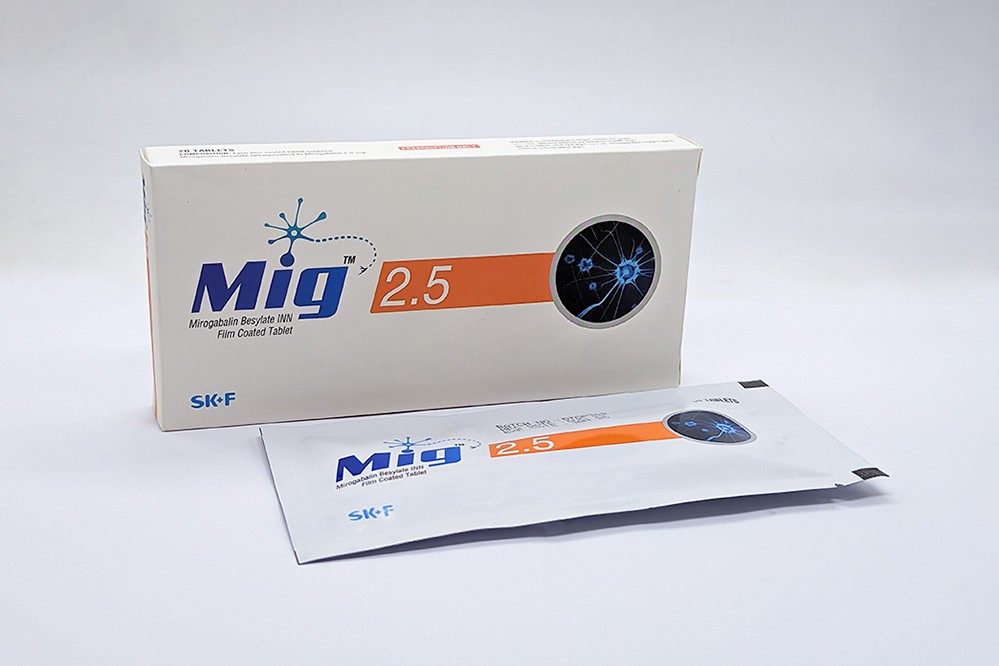
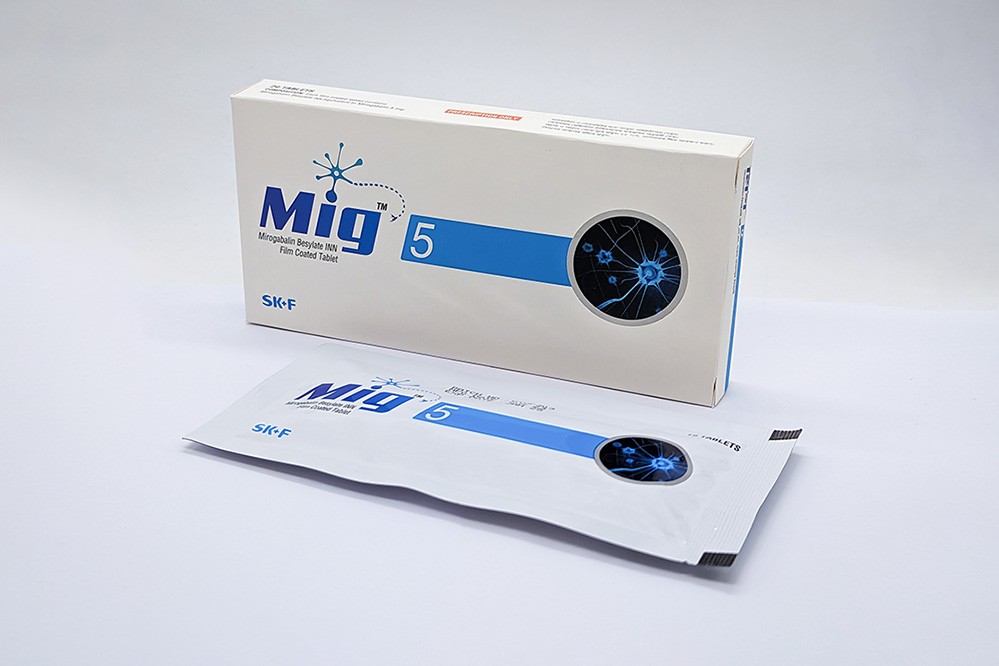
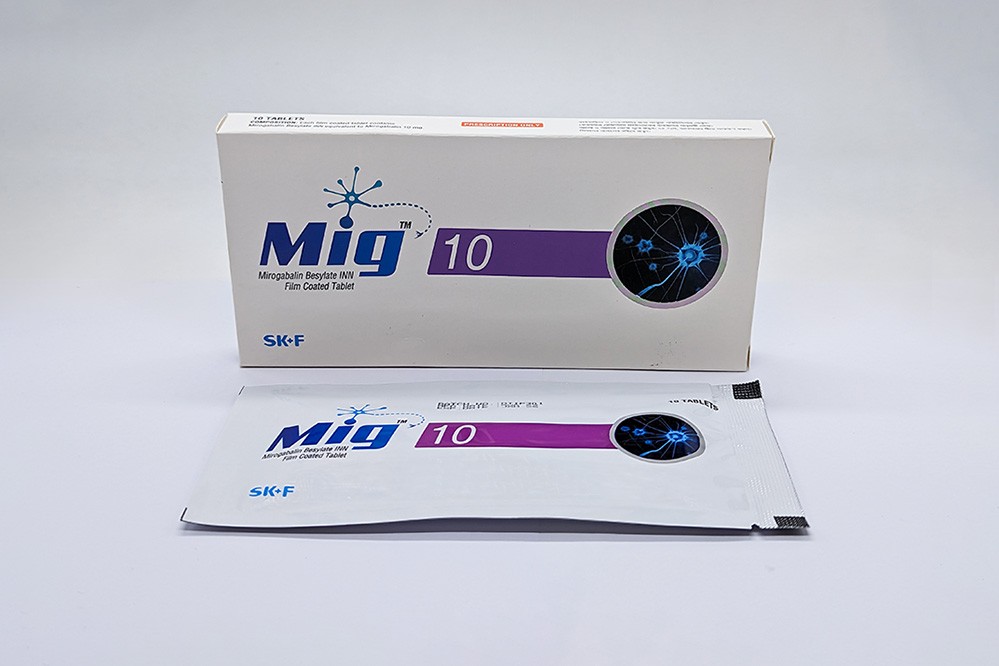
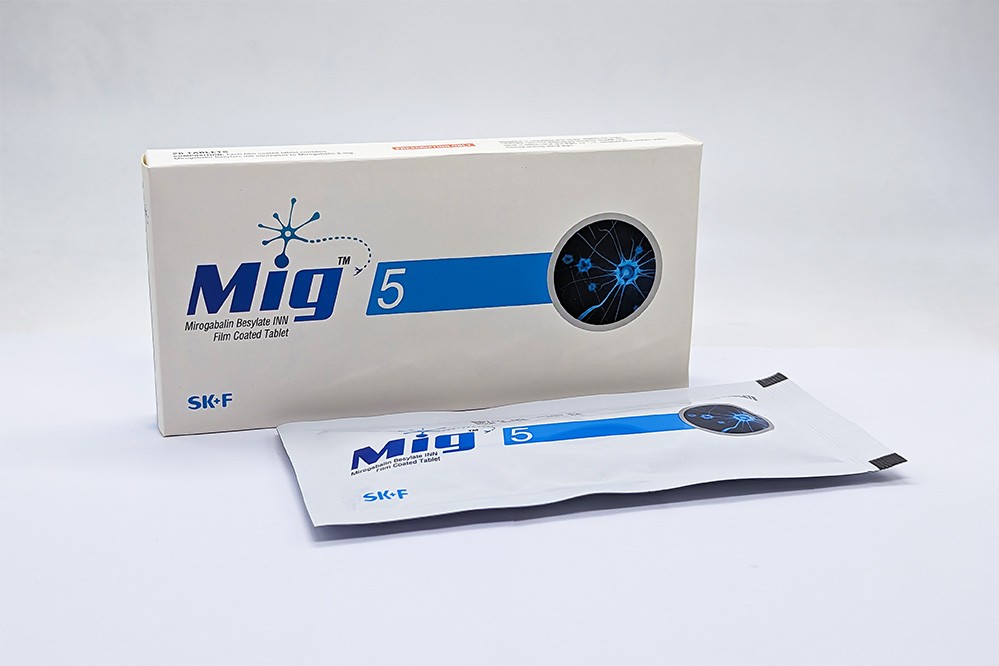
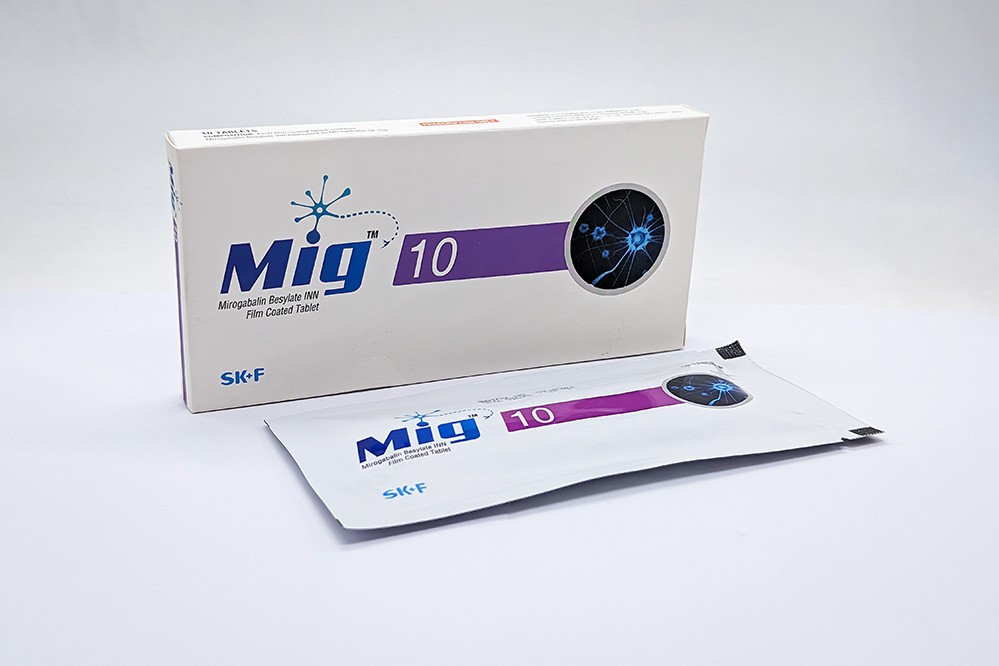










DESCRIPTION
MigTM is a preparation of Mirogabalin, a gamma-aminobutyric acid (GABA) derivative. It is a potent and specific ligand of the 2 subunit of voltage-dependent Ca2+ channels that inhibits calcium ions influx and suppresses the release of neurotransmitters in the nervous system to reduce pain. It is usually used for treating diabetic peripheral neuropathic pain and postherpetic neuralgia.
MigTM is a preparation of Mirogabalin, a gamma-aminobutyric acid (GABA) derivative. It is a potent and specific ligand of the 2 subunit of voltage-dependent Ca2+ channels that inhibits calcium ions influx and suppresses the release of neurotransmitters in the nervous system to reduce pain. It is usually used for treating diabetic peripheral neuropathic pain and postherpetic neuralgia.



